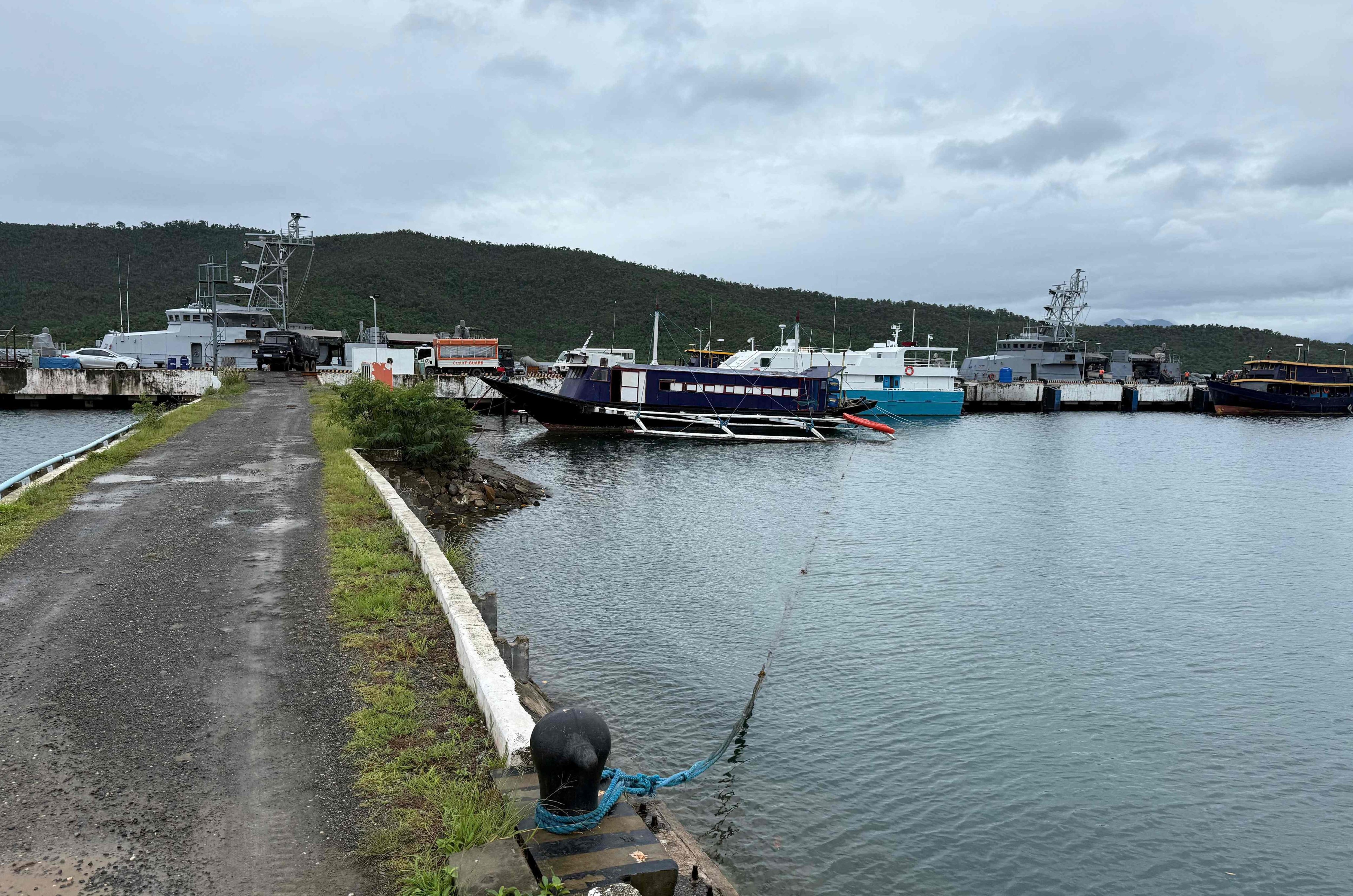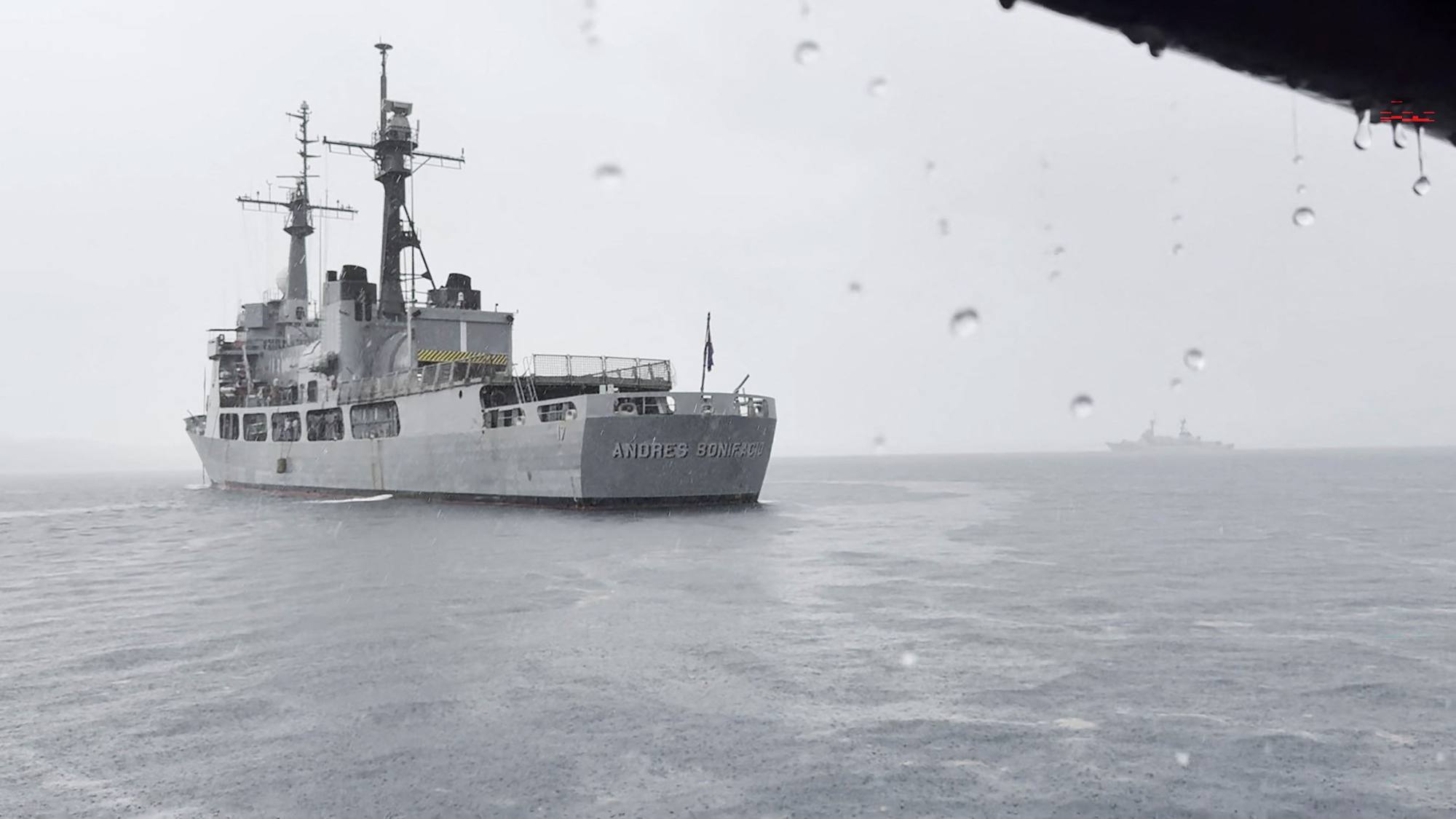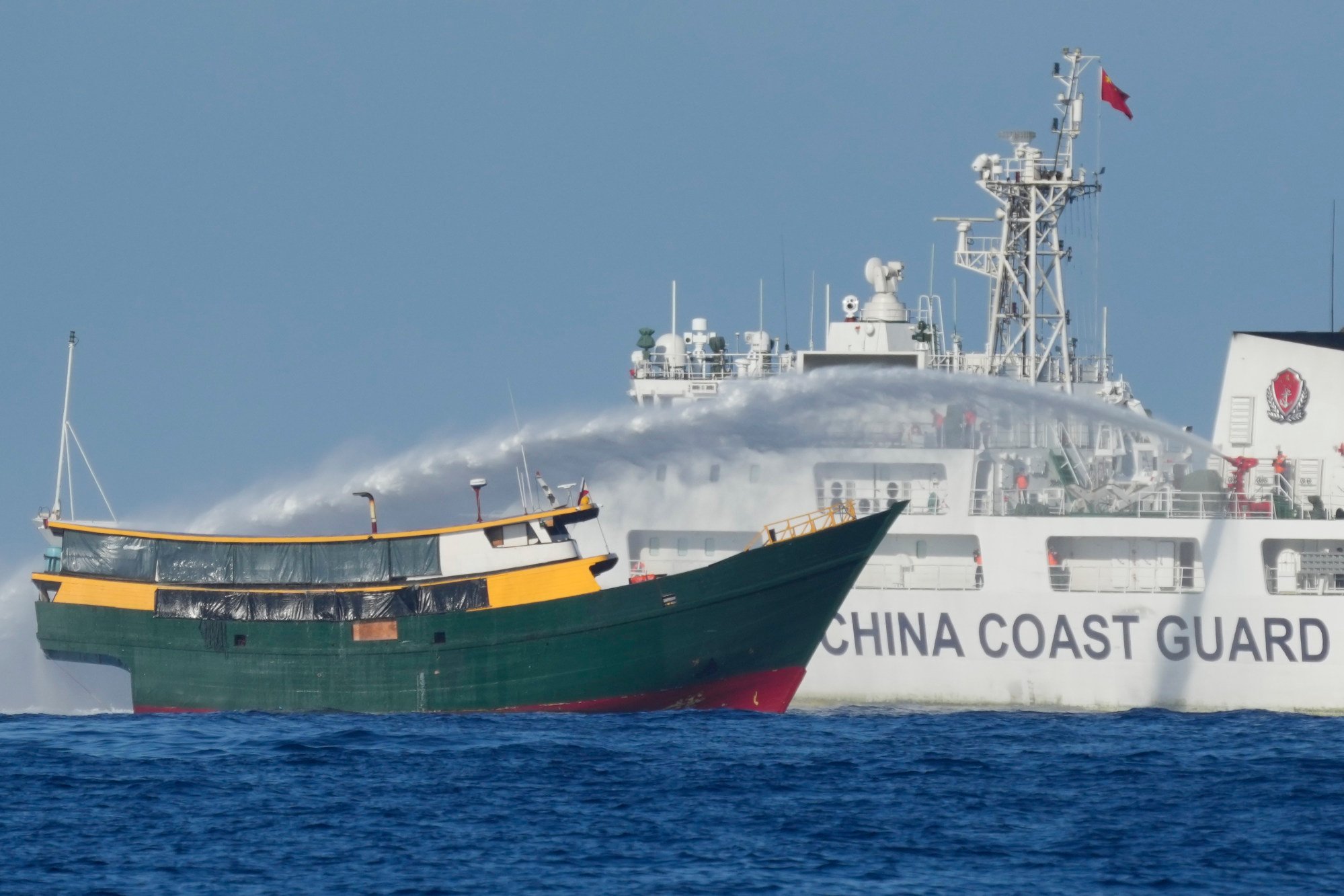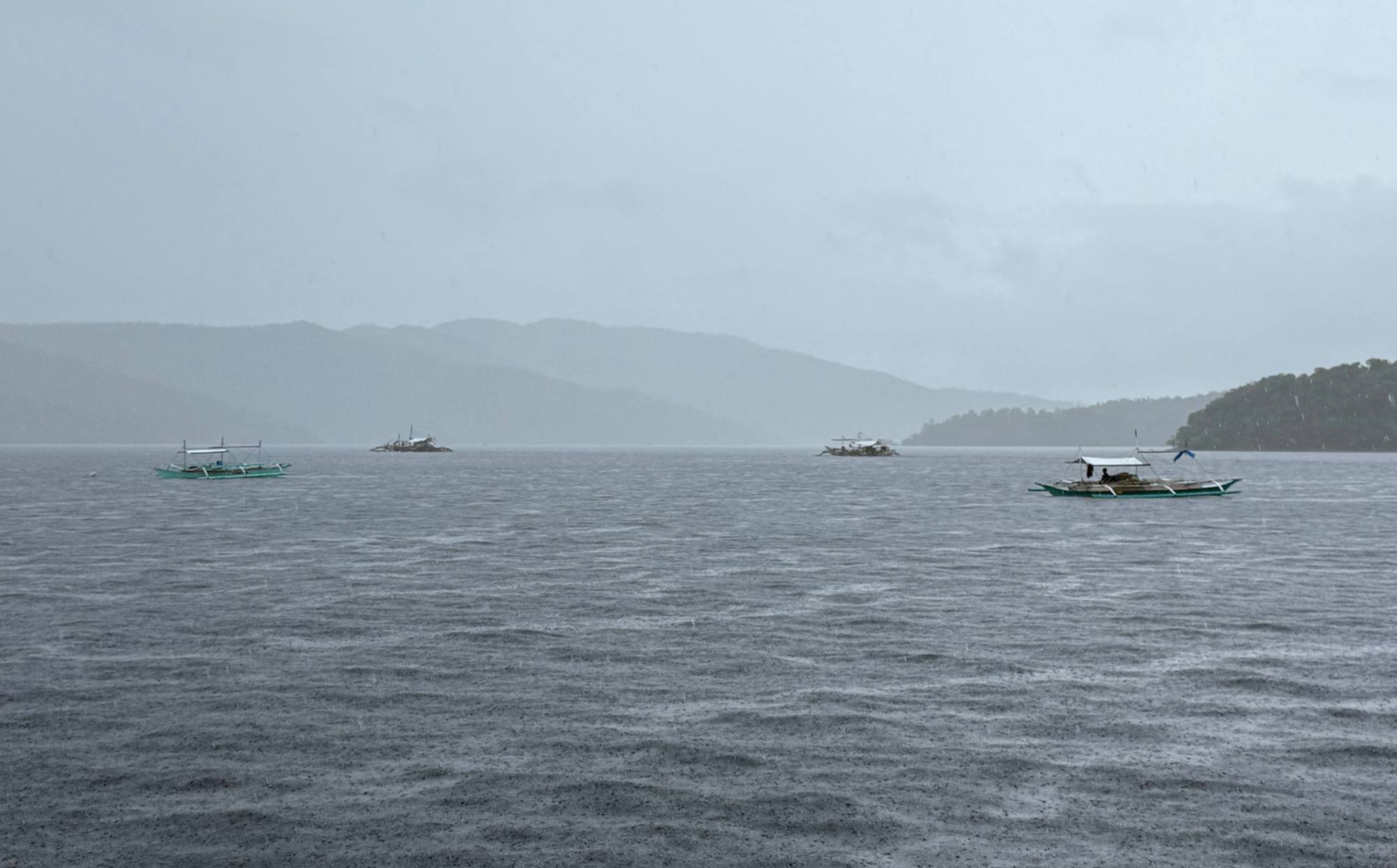US-backed boat hub aims to boost Philippines’ strategic South China Sea edge
Located on Palawan Island, the facility will enhance Manila’s operational resilience and help counter ‘grey-zone’ tactics, analysts say

A discreet but strategically significant US-funded boat maintenance hub in the western Philippines is poised to strengthen Manila’s maritime presence in the contested South China Sea while avoiding raising the risk of political escalation.
The new facility in Quezon, a coastal town on Palawan Island less than 260km (162 miles) from the flashpoint Second Thomas Shoal, could enable the Philippine Navy to maintain a more persistent and responsive posture amid rising tensions with China, in what analysts say is part of Washington’s broader push for “low-footprint” deterrence in the region.
Designed to service and deploy small Philippine naval craft, the hub’s proximity to disputed waters is seen as an advantage. “That proximity matters operationally – it reduces transit time and enhances the credibility of Manila’s maritime presence,” said Sylwia Monika Gorska, a political analyst and doctoral candidate at the University of Central Lancashire.
The project, first reported by the United States Naval Institute on Monday, is part of a larger shift in US regional strategy that prioritises smaller, dual-use infrastructure over permanent military bases. It will support rigid-hulled inflatable boats and “assault boats” built by Oregon-based Reconcraft, which specialises in vessels used by military and law-enforcement agencies.
The US embassy in Manila confirmed that the initiative would enhance repair capabilities for Philippine vessels at the nearby Naval Detachment Oyster Bay – improving readiness without overtly expanding America’s military footprint.

From Washington’s perspective, the investment supported “partner-led deterrence” by enabling allies to operate more independently, without requiring forward-deployed US assets, Gorska said.
“It fits into a broader pattern: supporting allies through dual-use, low-visibility infrastructure,” she said.
“Compared to legacy bases like Subic, this model avoids the optics of re-basing but still reinforces Manila’s forward posture. Quezon functions as both a tactical enabler and a strategic signal – embedding deterrence within the alliance without placing the US directly on the front line.”
Dr Anita Abbott, chair of the Asia-Pacific Security Innovation Forum in New Zealand, echoed the view that the site would help Manila counter so-called grey-zone tactics by Beijing – such as using civilian or paramilitary vessels to disrupt Philippine patrols and resupply missions.
The hub would also enhance operational resilience, she added, allowing damaged vessels to be rapidly repaired or replaced by support ships stationed nearby.
“It is necessary to remember, however, countering Chinese grey-zone tactics does not mean stopping them. And any Taiwan contingencies will spill over into the South China Sea. Palawan will be a suitable hub for the US and allied forces,” Abbott said.
“When we talk about countering China’s grey zone, it is necessary to remember that a full military response would be risky, costly, and disproportionate. Which means low footprint maritime infrastructure projects would be ideal. The effect is obviously strategic – it is near a flashpoint but still in the territory of the Philippines.”

Tensions have flared at Second Thomas Shoal – known in the Philippines as Ayungin Shoal and in China as Renai Jiao – where Manila maintains an outpost aboard the BRP Sierra Madre, a beached warship routinely resupplied by the Philippine Navy. The Chinese coastguard has previously attempted to block or disrupt these missions, accusing Manila of bringing construction materials to reinforce the grounded vessel.
Although Beijing and Manila reached a provisional agreement in July 2024 to allow unimpeded Philippine resupply missions, confrontations continue at other contested sites such as the Scarborough and Sabina shoals.
Unhandled type: inline-plus-widget {“type”:”inline-plus-widget”}
The US Naval Facilities Engineering Systems Command formally solicited designs for the Quezon facility on July 7, emphasising that the project “is not a military base” and had been approved by the Philippine government in line with local and US regulations.
Still, analysts see the site as part of Washington’s evolving approach to its military presence in Southeast Asia.
“The approach looks pragmatic: enhancing the capabilities of regional partners while avoiding overstretch or unnecessary provocation,” Arnaud Leveau, assistant professor of geopolitics at Paris Dauphine University, told This Week in Asia.
“It aligns with a broader strategy of maintaining influence and responsiveness through flexible, locally integrated infrastructure.”
According to Leveau, the US recognises the political sensitivities surrounding foreign military bases in the region. By funding dual-use assets like boat ramps, logistics hubs and drone platforms, Washington was offering meaningful support while keeping a low profile, Leveau said.
“This helps avoid the backlash often triggered by more visible, permanent deployments and reinforces alliances in a quieter, but no less strategic, manner,” he said.

According to Gorska, the Quezon hub fits into a layered US posture in the Indo-Pacific, combining enduring bases in Guam and Japan with smaller, partner-operated sites designed for flexibility and rapid response.
The Quezon facility is just the latest in a series of US-supported projects. Last month, Washington proposed an ammunition storage and manufacturing hub in Subic Bay, once the site of a major US naval base. Earlier this year, the US Navy reportedly considered leasing a storage site near Subic to preposition Marine Corps equipment, and in 2023, awarded a US$32 million contract to upgrade the Philippine Air Force’s Basa Air Base under the Enhanced Defence Cooperation Agreement, which grants the US access to select Philippine bases.
The Philippines and the US are bound by the 1951 Mutual Defence Treaty, obliging both nations to come to each other’s aid in the event of external aggression.
Gorska said facilities like the one in Quezon offered strategic value without triggering a domestic political backlash due to their modest scale and civilian-military utility.
“Still, these facilities are not strategically neutral. While formally under Philippine control, they are often designed with US interoperability and contingency timelines in mind,” she said. “Their value lies not in their size, but in how they’re integrated into a broader deterrence architecture – one that can be mobilised quickly.”